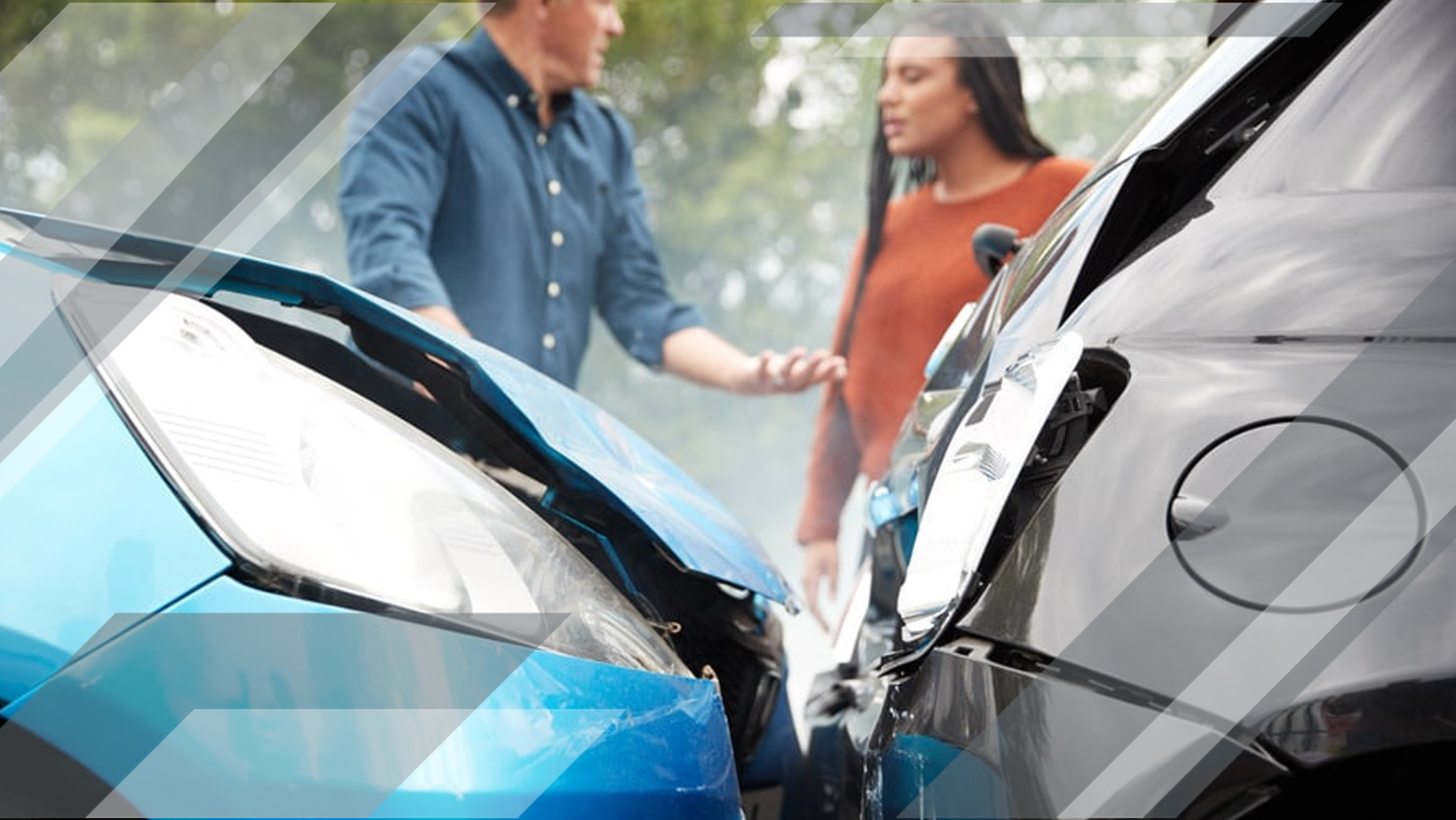Growing Trend of Staged Auto Accidents Drives Insurance Fraud Concerns
The Rising Wave of Staged Auto Accidents: A Growing Fraud Threat in the Insurance Industry
When a video from Austin, Texas, went viral showing a black car deliberately swerving into traffic, insurance professionals everywhere took notice. The near-miss wasn’t just a close call — it was a textbook example of a growing problem shaking the auto insurance sector: staged accidents.
These orchestrated crashes are designed to look like genuine collisions but are carefully planned to create fraudulent insurance claims. For insurers, they’re more than just an annoyance — they’re a multimillion-dollar drain on resources and a persistent challenge to trust and safety on the roads.
"Every staged accident is a hidden premium increase for honest drivers,"
— National Insurance Crime Bureau (NICB) spokesperson
A Costly and Sophisticated Crime
According to the NICB, more than 100,000 suspicious insurance claims are filed each year in the United States, and over 70% of them involve auto accidents. These fraudulent activities contribute to an estimated $30 billion in annual losses, much of which trickles down to higher premiums for legitimate policyholders.
Fraudsters often operate through well-organized rings. They aren’t just reckless drivers — they’re part of a network involving multiple players:
-
“Slammers” who cause deliberate collisions
-
“Spotters” who coordinate vehicle movement and traffic flow
-
Corrupt professionals like lawyers, repair shops, and medical providers who inflate or falsify claims
These schemes often target specific demographics, particularly women driving alone, senior citizens, and owners of high-end or rental cars. The perception of vulnerability or deep pockets makes them ideal marks.
The Anatomy of a Setup
In California and several other states, investigators have uncovered elaborate networks linking tow truck operators, auto body shops, and even local officials. In some cases, tow trucks appear on scene within minutes — far too fast to be coincidence — pressuring victims to use certain body shops or sign paperwork on the spot.
"Fraud doesn’t just happen at the crash site — it continues in the claims office, the courtroom, and the repair bay,"
— Insurance Fraud Investigator, Los Angeles
Protecting Drivers and the Industry
For both consumers and insurance professionals, awareness is the strongest defense. Recognizing red flags can make the difference between a routine claim and a costly scam:
-
Tow trucks or “helpers” arriving instantly after a crash
-
Limited or “recommended” repair options offered by strangers
-
Pressure to sign documents or accept rides before contacting your insurer
Many experts recommend dash cameras as a simple but effective deterrent. Video evidence can disprove false narratives and provide investigators with the proof they need to stop fraud rings in their tracks.
Looking Ahead
As fraudulent actors grow more sophisticated, insurers are turning to AI-driven claims analysis and data-sharing networks to flag suspicious activity in real time. Collaboration across carriers, law enforcement, and technology providers will be key to reducing the damage of these scams.
For now, the viral Austin video serves as a warning — and a call to action — reminding the insurance community that vigilance isn’t optional. Fraud may be evolving, but so too are the tools to fight it.


